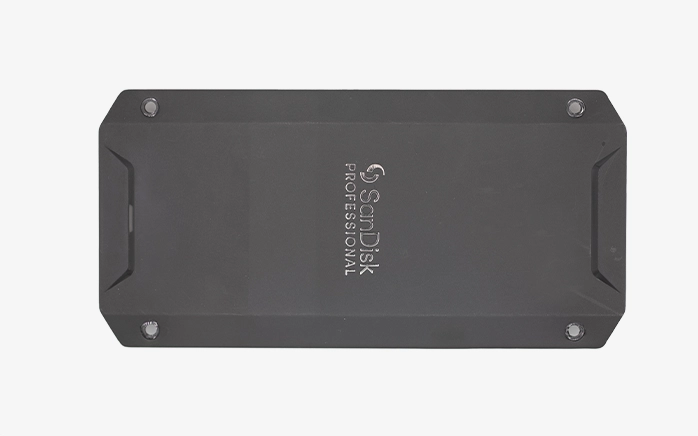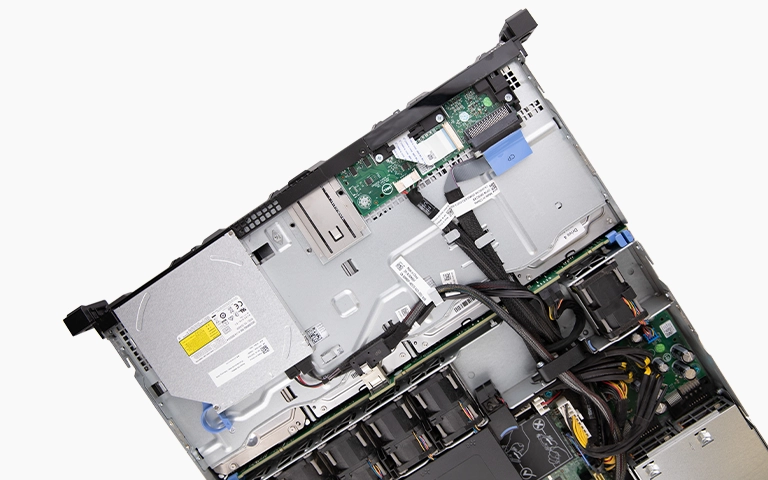Data loss can be devastating, especially in the healthcare industry, where access to sensitive patient information is critical for daily operations. Recently, PITS Data Recovery was engaged for a RAID data recovery case involving a collapsed RAID 6 storage array used by a multi-hospital healthcare provider operating across Maryland and Delaware. This case study outlines the technical challenges we faced and how our expert team restored over 30 years of vital medical data.
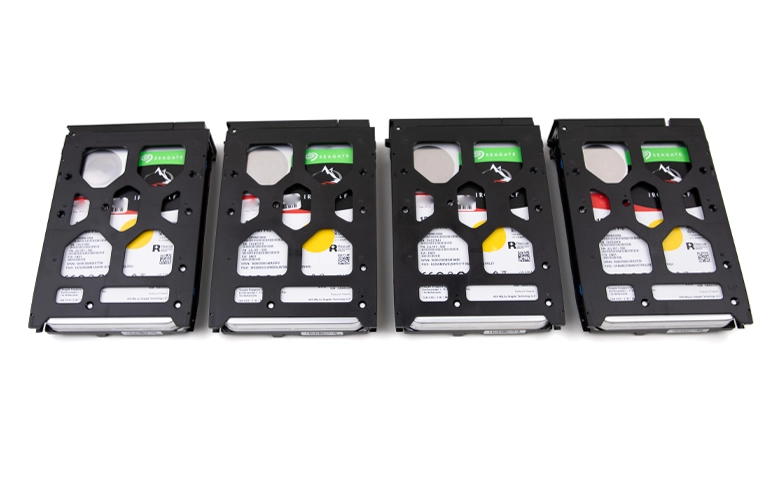
Client Background
Our client is a multi-million-dollar healthcare provider operating 30 hospitals in Maryland and Delaware with over 2,000 employees. The provider maintained a secure data center with biometric access control and utilized a fiber optic network to connect all offices.
Their document storage and patient management relied heavily on the Epicor Document Management System (DMS), which stored decades of critical data, including:
- Medical records
- Billing information
- DICOM images
- MRI and CT scans
The organization used RAID 6 configured storage along with Carbonite online backup. However, due to weak IT practices and a lack of regular server monitoring, a series of hardware failures led to a total system collapse.
The Importance of Data in Healthcare
In medical environments, up-to-date and accessible data is essential. Doctors, nurses, and billing departments rely on this information to make informed decisions and ensure accurate invoicing. Data loss can disrupt care delivery, delay services, and create compliance risks for hospitals and clinics.
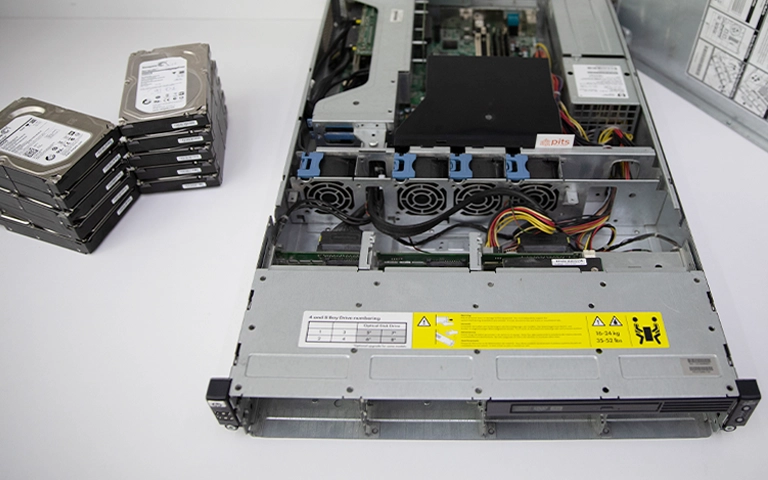
Evaluation of the Failed RAID 6 Array
Multiple Drive Failures After ECM Crash
The hospital’s primary RAID 6 storage began experiencing hard drive failures over several months. Because of missing alerts and the absence of HP ILO system monitoring, these issues went undetected. Eventually, the system crashed entirely, bringing the Epicor DMS down and putting decades of files at risk.
Recovery Process of the HPE Server
Step 1: Establishing a Secure Recovery Environment
We created a controlled environment with full encryption, access limitations, and a mobile cleanroom to protect the sensitive healthcare data during the recovery process.
Step 2: Physical Drive Inspection and Repair
Our engineers discovered mechanical damage in several HPE 12GB SAS 2.5” hard drives. Using a mobile ISO Class 10 laminar flow hood, transported from our New York lab to Maryland, we carefully disassembled the drives and replaced failed internal parts.
Step 3: Customized RAID Recovery Strategy
We created exact bit-level images of the functional drives. These images were used to virtually reconstruct the RAID 6 array with specialized recovery software capable of managing RAID parity and block distribution.
Data Extraction and Copying Challenges
Once the RAID structure was rebuilt, we began extracting over 40TB of data. The files were mostly under 100KB each, meaning copy operations were significantly slower compared to large file transfers.
To speed up the process, we installed 10 HP Z G8 workstations, each equipped with:
- 512GB RAM
- Dual Xeon processors
These high-performance systems allowed us to complete the full copy operation in just 5 business days.
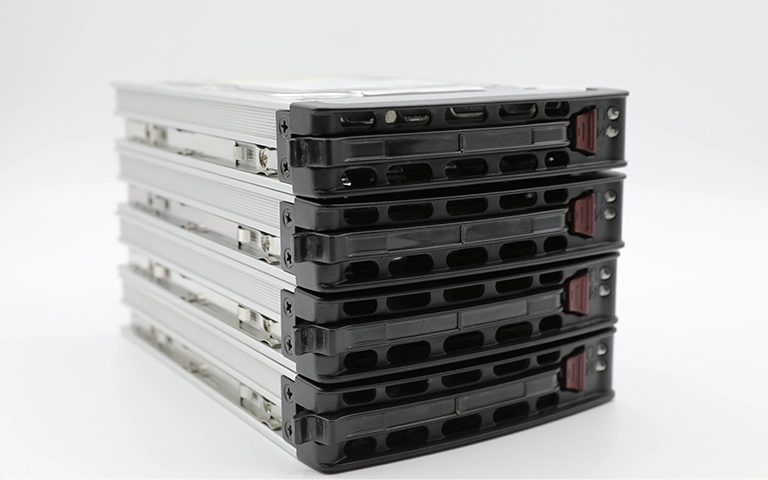
Quality Assurance and Data Verification
After completing the recovery, we ran multiple quality assurance checks. These included:
- Verifying file structure integrity
- Opening sample files across the data set
- Cross-referencing restored data with the client’s system
The result was a 99.8% data recovery success rate.
Best Practices and Lessons Learned
This incident underscores the importance of reliable IT governance. Key recommendations include:
1. Regular System Monitoring
Use automated tools and schedule health checks to identify early signs of drive degradation.
2. Backup Redundancy
Implement a layered backup strategy with local, offsite, and cloud options to reduce dependency on any one solution.
3. Employee Education
Train staff to recognize warning signs and understand proper reporting and escalation procedures.
4. Disaster Recovery Planning
Maintain an actionable disaster recovery plan and partner with a professional Server Data recovery service for emergencies.

Benefits of Choosing PITS Data Recovery
Through a customized, secure, and technically advanced process, PITS Data Recovery was able to restore operations for the healthcare provider with minimal downtime. This ensured continuity of care and patient service across all 30 hospitals.
The successful recovery of 30 years of mission-critical data demonstrates our team’s expertise and commitment to precision under pressure. We continue to support healthcare clients with fast, confidential, and compliant recovery services tailored to their needs.
If your organization experiences data loss or server failure, we are ready to assist with secure solutions and expert recovery.
Frequently Asked Questions
What is a RAID 6 array?
RAID 6 is a storage configuration that can tolerate two simultaneous drive failures using dual parity blocks.
What happens when a drive fails in a RAID 6 array?
The array continues operating with one drive failure, but performance may degrade. A second failure without rebuild can lead to data loss.
How do I know if a drive has failed in my RAID 6 array?
Use monitoring tools or alerts built into RAID controllers to detect failed or degraded drives.
What if two drives fail in a RAID 6 array?
The system can survive two drive failures, but if additional drives fail during rebuild or if failure goes unnoticed, data may be lost.
Can I recover data from a failed RAID 6 array?
Yes. With specialized tools and expertise, data can be recovered even after complex RAID 6 failures involving multiple drives.


